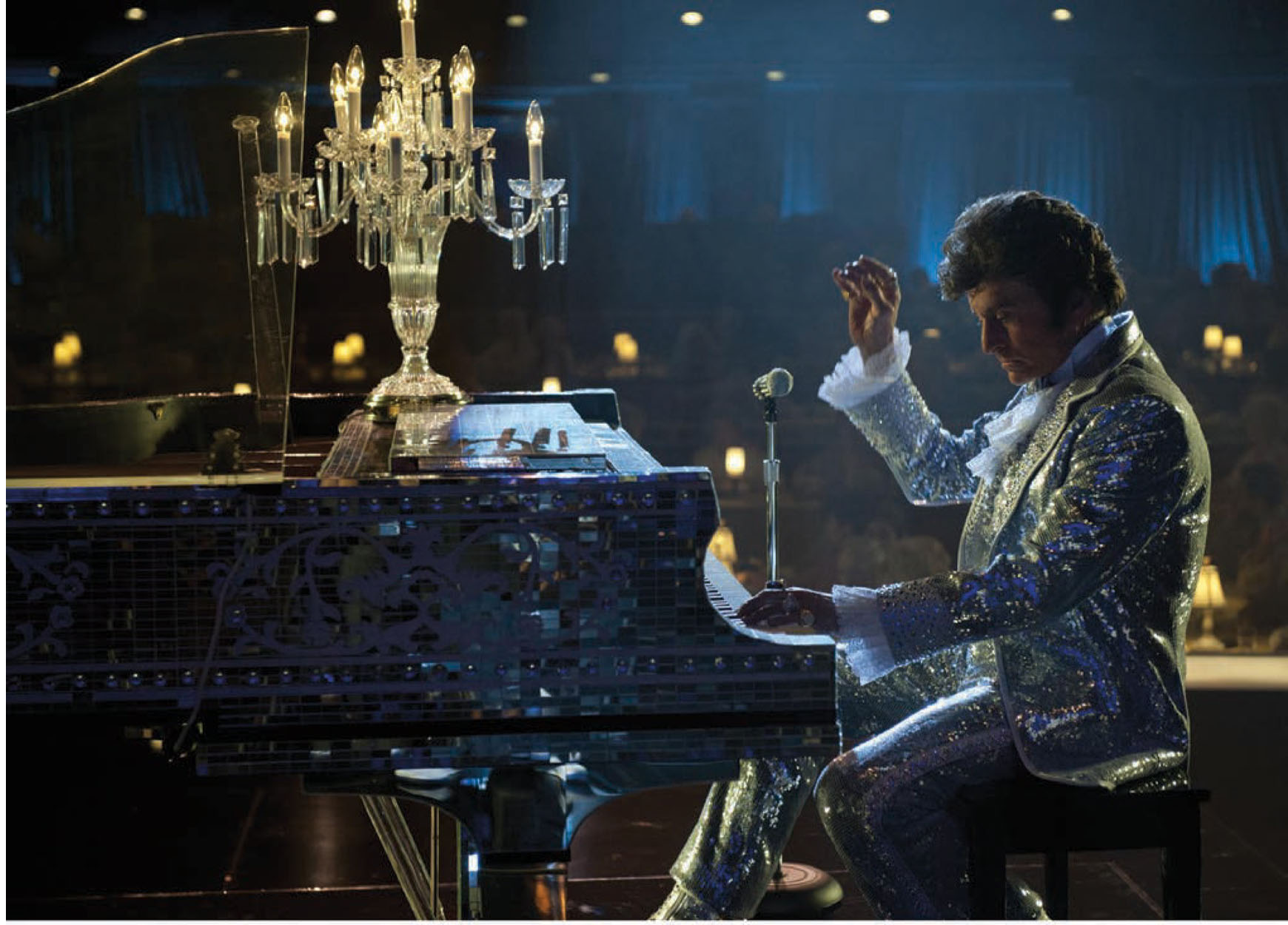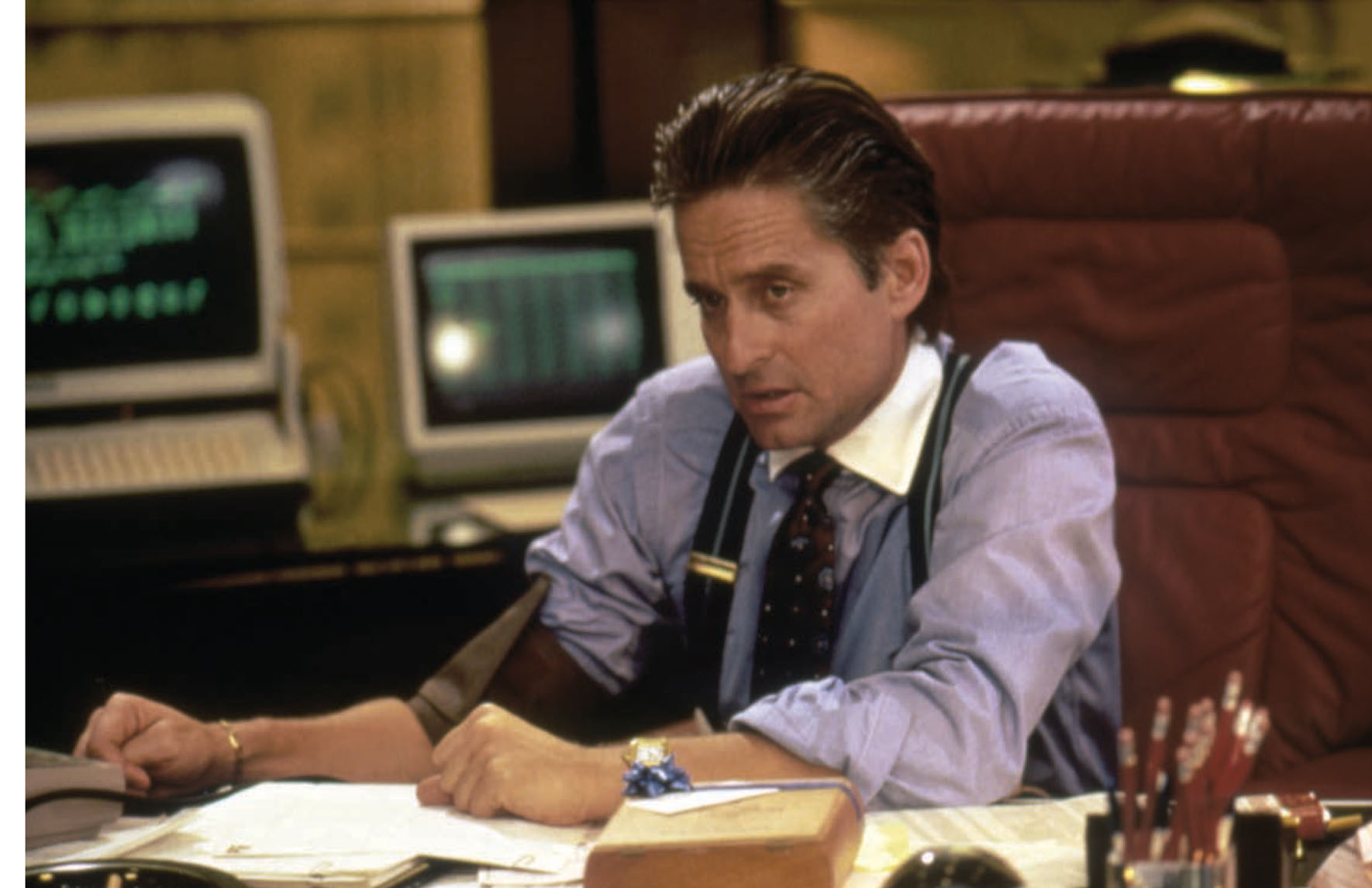ELLEN MIROJNICKELLEN MIROJNICK
Q: Were you interested in costume design at a young age?
A: As a young girl, it wasn’t about the costume design per se, it was about being swept off my feet by films—being taken in by stories, sitting in a dark theater, watching the magic happen. What happened over and over, though we don’t talk about it as much as we did then, was that film influenced fashion. While designing junior sportswear, I had a book called A Pictorial History of the Talkies. Looking through that book and then watching current films that took place at different periods of time, whether it was The Way We Were (1973) or The Great Gatsby (1974), influenced my consciousness for designing. I used film continually as a source of inspiration when I designed ready-to-wear in my twenties. I did that for about seven years and then became a costume designer. It seemed to be a natural progression.
Q: Can you explain the approval process for a costume?
A: After 2000, when franchise films like Pirates of the Caribbean (2003) started to happen, the budgets soared. The source material for these films is usually from something else, like a comic book or a theme park attraction, and everybody, from the original creators to executives at companies that own the properties, has a say as to what a costume looks like. If it’s a contemporary film, everybody thinks they know what a contemporary film should look like. Is it “cool” enough? Is it “hip” enough? They’re looking to stand out or be noticed for something that might not have anything to do with the story you’re trying to tell. I had to learn to be the translator of what was expected. The director and the producer want to make their statement, sometimes they’re on the same page and sometimes not, and sometimes the studio differs from that statement. You have to determine very early on who has the power and what you are going to have to do to get everything you know is right for the story and characters. You have to translate what it all means in somebody else’s vision, without alienating the others.
Q: Does the actor have any power in this process?
A: Every couple of years, the power shifts. There was a great deal of time that the actor had the power, then there was a time when the studio or the producers had the power. The actor has a say, of course, but you have to juggle who has the power—the studio, director, or producer. You have to relate it back to the actor and work with them. You have to give the actor the tools to create the character, but you have to keep it in balance as you listen to the other parties, if they are at odds with each other.
Q: The dress that Sharon Stone wears in the interrogation scene in Basic Instinct (1992) has become so famous. What were the considerations for that costume?
A: It needed to be elegant and beautiful and have the simplest of ease. It could not be suggestive or overtly sexual. It could not be anything that made the character of Catherine Tramell the black widow. It could not be obvious. The choice of that particular design came pretty naturally.
There were three parts to the design of that dress. The first was that Catherine had to change her clothes as Nick takes a peek at her changing. So she had to strip, she had to put a dress on very easily as we see the back of her nude body. The dress had to be easy to step into, easy to look perfect in one second as she turns because she knows he’s looking at her, but it’s not mentioned. She’s done the first part of the seduction. She grabs her coat and goes down to the station. When she takes her coat off, which is the third part, her arms and legs needed to be totally free. Sharon requested a way in which she could be relaxed, as if she was a man sitting in an arm chair. So the costume had to serve all of those needs and be true to the integrity of the character as she is beginning the second part of her seduction.
Q: When designing Behind the Candelabra (2013) with Michael Douglas, did you base your designs on things that Liberace actually wore or did you act as though you might have been designing for Liberace at that time?
A: It was both. Having a lot of research was extremely helpful. I also had the great fortune of going through the show costumes at the Liberace Museum, which is now closed to the public. The story is not a biography of Liberace, it is a story of Scott Thorson’s relationship with Liberace from 1977 to 1982. Liberace was all about presentation and extravagance and having whatever he wanted. He was called Mr. Showmanship for a reason. By the time we meet him in the movie in 1977, he is extremely glittery. But Steven Soderbergh was the director, and the story that he wanted to tell was not a Ross Hunter glittery Hollywood film.

Michael Douglas as Liberace in Behind the Candelabra (2013).
Steven is a very naturalistic director, so the question becomes: what will the actors be able to handle so you’re not just looking at the flamboyance of a costume? You’re really inside the characters and who they are, as opposed to what they’re wearing. It’s a difficult line to walk. I was very nervous and insecure from the beginning until the end. Was this going to be enough or was this going to be too much? If it was too much, what would be the right balance for Michael Douglas and Matt Damon? I didn’t want it to be a caricature.
The show clothes for both of them were interpretations of what really existed. Liberace’s show clothes at that time could cost $1 million an outfit and they weighed tons because of the amount of rhinestones and crystals that were used. We replicated an iconic white virgin fox coat trimmed with rhinestones with a sixteen-foot train using fake fur. Howard Cummings, the production designer, and I decided which of the other pieces I interpreted would go with which songs, based on what the show would look like, the pianos, and where we were in the story. It was great fun and I think we did great costume design by giving Michael, Matt, and the other actors’ tools to become these characters. The costumes really helped them transform.
Q: You had to win over director Oliver Stone to create a power look for the characters in Wall Street (1987), didn’t you?
A: I had only read about fifty or sixty pages of the script of Wall Street when I met with Oliver Stone, but I was fascinated by the themes of money and power and seduction. If you look through my résumé, you’ll find that in a lot of the films I’ve done. I am fascinated by how Gordon Gekko (Michael Douglas), this self-made man became the shark that he did, and how he lured Bud Fox (Charlie Sheen) to the table.

Michael Douglas in Wall Street (1987).
I wanted Gordon to be a powerfully seductive fellow. I had just worked with Michael Douglas a few months before on Basic Instinct and he was in suits and ties, but it couldn’t be ordinary this time. He had to have the romance and the seduction of Cary Grant—because that’s what he does subliminally with Charlie Sheen. Oliver, at one point, said, “Nobody looks like this on the street,” and I said, “I don’t care, this is what Gordon looks like, and it will look like that eventually.” That was a brazen remark at the time but that’s what I really felt. We’re not making a documentary. Oliver’s movies were very rough at that time. There was no slickness. He had made Salvador (1986) and Platoon (1986), both based in reality. Wall Street was based in reality, but it needed to have its own heightened level of money, power, and seduction. I don’t know if that was right or wrong, but it just resonated inside of me about who Gordon Gekko was and what this world looked like. It needed to look luscious and as an outsider, you wanted into it so much.
Oliver was kind of mad at the time, but then he was perfectly thrilled later, and said to me, “You were robbed of an Academy Award.” He realized what influence it had on the street; it changed men’s fashion at the time. It gave men permission to be powerful looking, in their own interpretation. We were all shocked because Gordon is really the villain, but people are attracted to the dark.